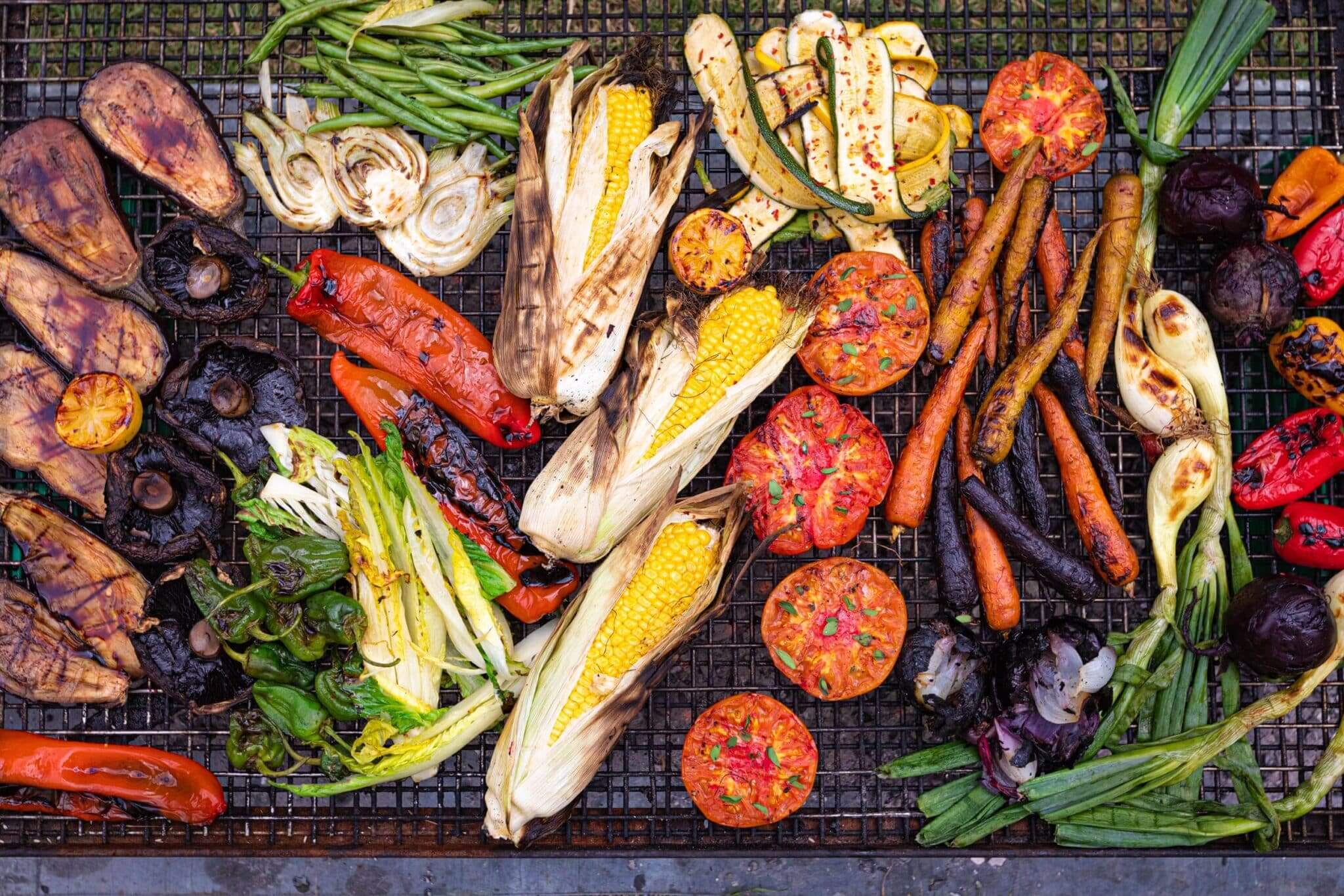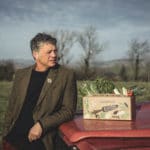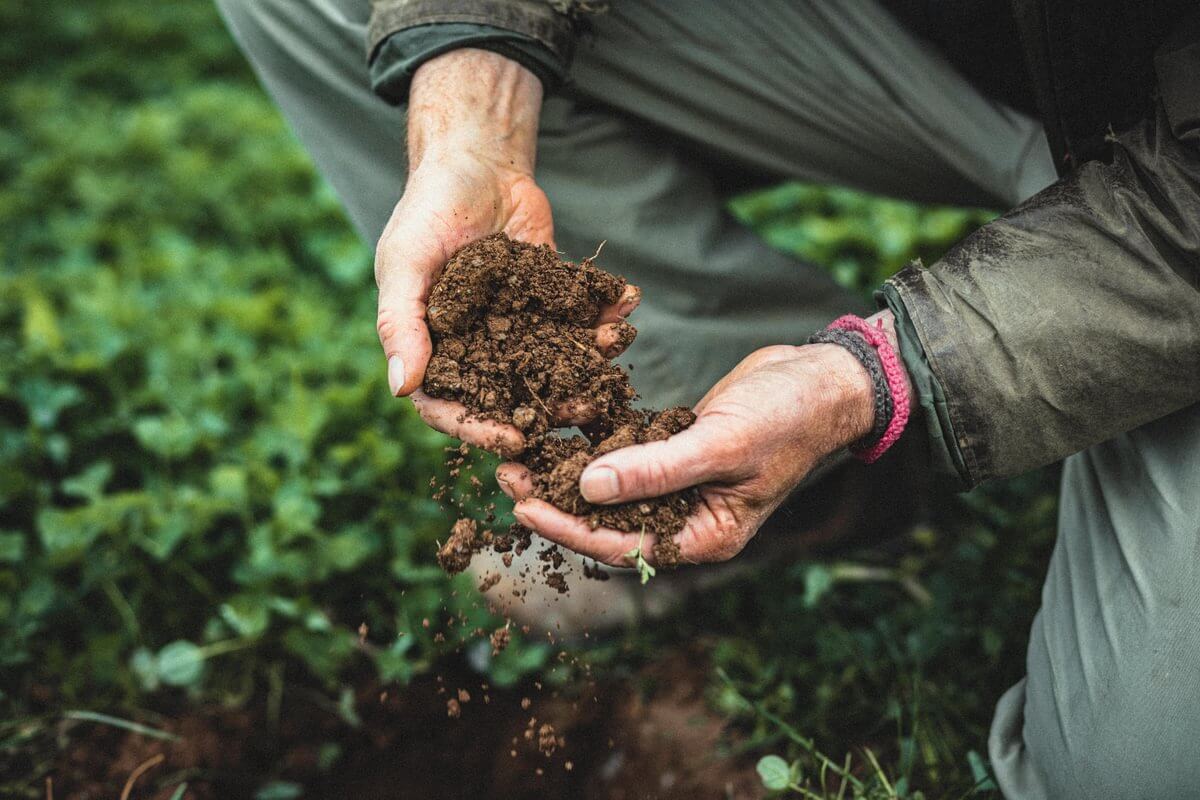Summer is upon us, bringing an abundance and variety of veg that grows with every passing week. We picked our first tomatoes, raspberries, and peas last week, and the first plantings of courgettes, broad beans, lettuce, salad leaves, and cucumbers are already in full flush. Our reliance on Spanish imports (or, for really committed locavores, veg deprivation) during the UK’s Hungry Gap is over.
The next four months are the year’s best in our fields, making this the time to give Riverford’s 100 per cent UK veg boxes a try. Pragmatists can switch back to another box when winter comes. It’s gratifying to see sales of our 100 per cent UK boxes growing with every year, as more and more of our customers demonstrate their commitment to local, seasonal food; a value so often voiced elsewhere, and so rarely acted upon.
A month of sunny weather has allowed most crops to catch up after the cold spring, which now seems a distant memory. The heat-loving squash, pumpkins and sweetcorn are moving up a gear; after one final weeding, they will be able to shade out competing weeds. On our farm in the French Vendée, we are picking Padron peppers and aubergines, and sweetcorn is growing so fast you can almost hear it creak. Having flowered and pollinated in good conditions last month, we should be picking ripe cobs in the next couple of weeks, ready for summer BBQs.
With reservoirs dropping, and planting of winter crops beginning, there are lots of nervous growers praying for a break in the hot weather. The oldest and cheapest way to conserve moisture is to plough early while the soil is at ‘field capacity’, i.e. holding as much moisture as it can. If the surface is worked into a fine seedbed, this prevents evaporation and conserves moisture until a crop is planted.
But this age-old practice comes with a risk: without leaves to cushion the rain, and roots to hold the earth, the soil is vulnerable to thunderstorms. These can cause catastrophic soil loss, especially on our steep slopes. We do our best to reduce the risk by planting buffer strips of vegetation around fields, which trap soil, and planting agroforestry trees in high-risk areas. But with climate change affecting rainfall, we must question whether even this is enough.
If only we had more perennial crops, which grow back repeatedly from the same root system, we wouldn’t need to plough every year, and our soil would be safe. For now, hopefully the heavens will open (gently) soon.
















0 Comments